I'm starting to have doubts about finishing my build now. Not enough time in the day especially with a 2 month old. I'm starting to get fussed at by the wife for spending all day in the garage... =[ I haven't quite managed to be where I wanted. I missed a whole day basically having to be daddy and hubby, but it's not such a bad gig to have =]. Here's what I managed so far.
I got everything primed and before I could finish my poor little compressor crapped out on me. He needed to take a break! Eventually wrapped it up. What I like about it is even though it's a bit time consuming, once I'm done with a section...it's done for the most part. Any addtional weathering will be based on the theatre of operations. One thing that's worth mentioning is I preshaded certain panel lines and riveted sections with Alclad's Magnesium. This allows me a bit of depth with the Aluminums that go on top and gives the surface a bit more character with more control. The double action airbrush is the key to that though.
I do apologize about the pics. They are very rushed and I honestly searched for the best light to show what your eyes are really seeing as best as I could.
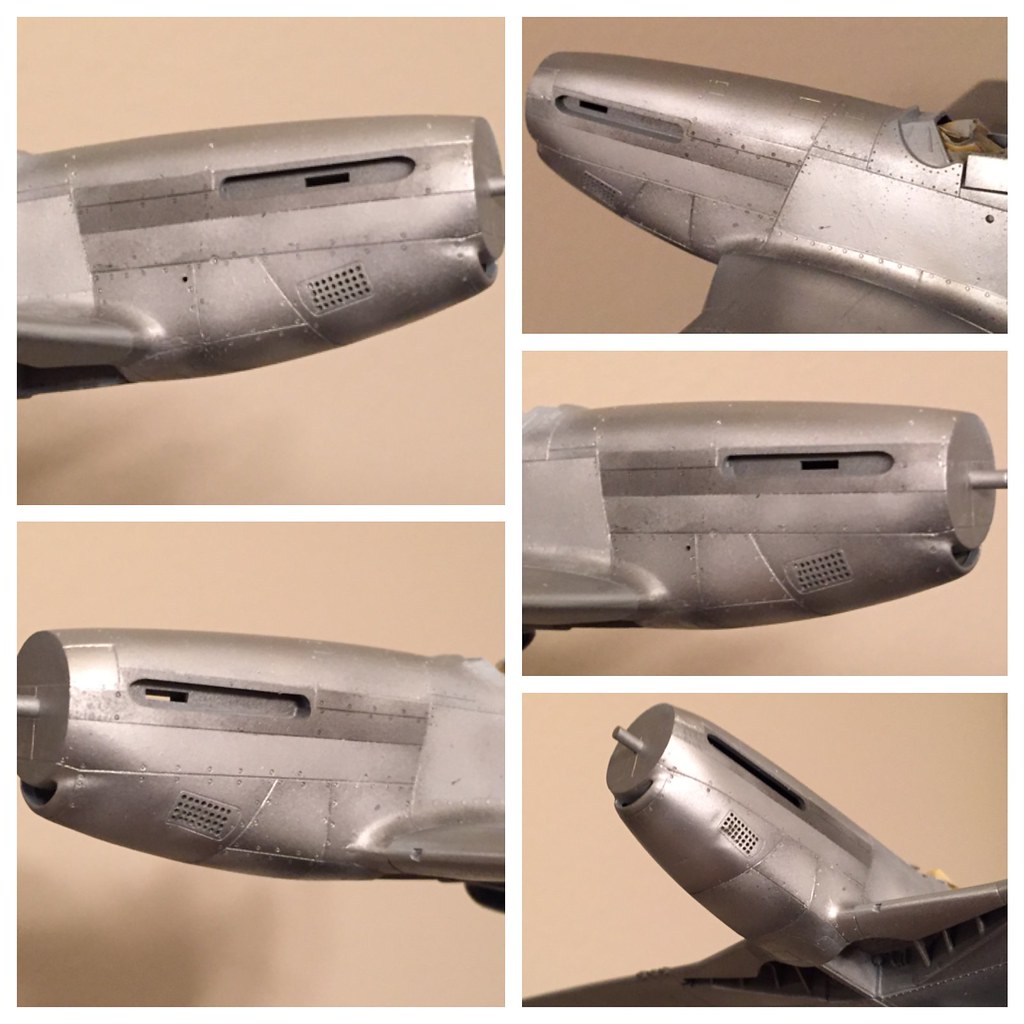 Untitled by Britt Vallot, on Flickr
Untitled by Britt Vallot, on Flickr
The cowling was preshaded some as described above and painted with White Aluminum. The panel along the exhaust stack was done almost entirely with the Magnesium. I find it does a great job of representing this part.
The rest sort of speaks for itself. I paint the panels individually by taping them off with Tamiya tape. I hear of others having a lot of trouble with this and I can never understand why. My tape does get low tack very quickly as I tear off many strands and put then on the mat or cardboard, etc and reuse them. That may have something to do with it. I will say that my paint goes down in thin coats and is dry immediately after. No kidding...immediately. Just tossing that out there for folks. I hope it helps solve the Alclad mystery.
The rest of the plane is painted in Aluminum along the cockpit and Polished Aluminum as we move aft. The wings are Duraluminum with Magnesium within the ammo/gun bays. I always come back and clean up whatever overdoing it happens while using the Magnesium with whatever color is dominant. When the panels are taped off, you won't notice how much is going down. Tip...it never takes much for a subtle difference. =] I did not have the luck I thought I'd have with the Airframe Aluminum over the grey primer. It didn't bond with the plastic at all hardly. So for the tail part that shines bright in all the pics I referenced I went back with the Gloss Black and put down the Polished Aluminum instead as I didn't want something that shined too much. The Airframe Aluminum is way to bright and pretty for what was seen in the PTO.
A little walkaround.
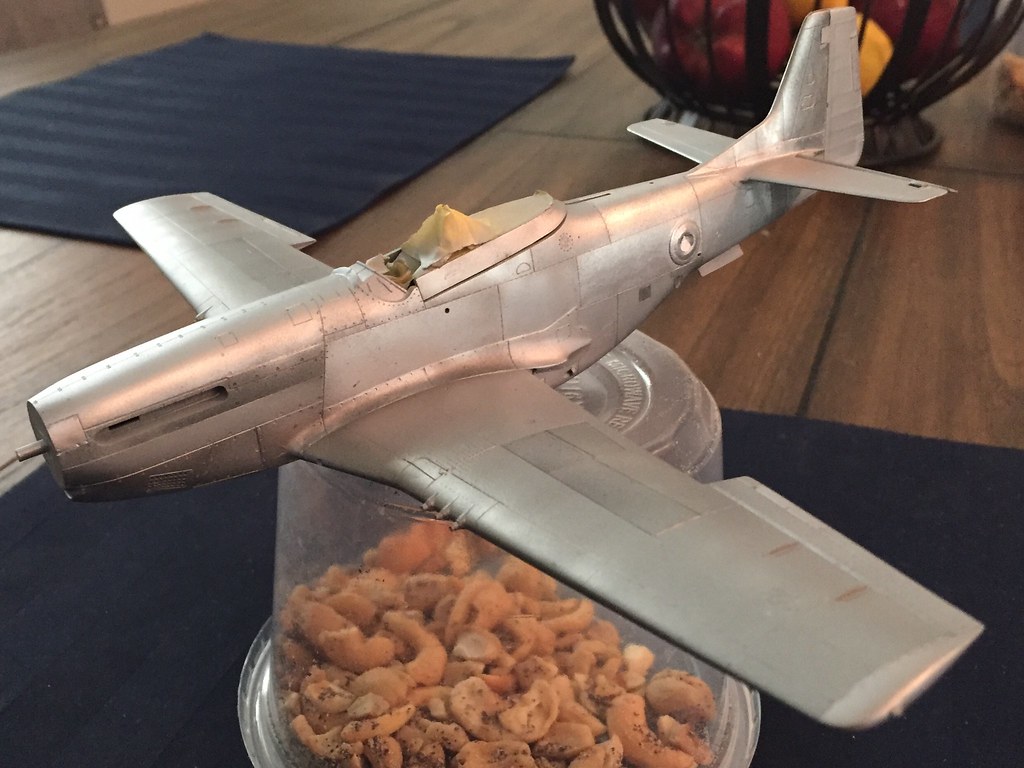 Untitled by Britt Vallot, on Flickr
Untitled by Britt Vallot, on Flickr
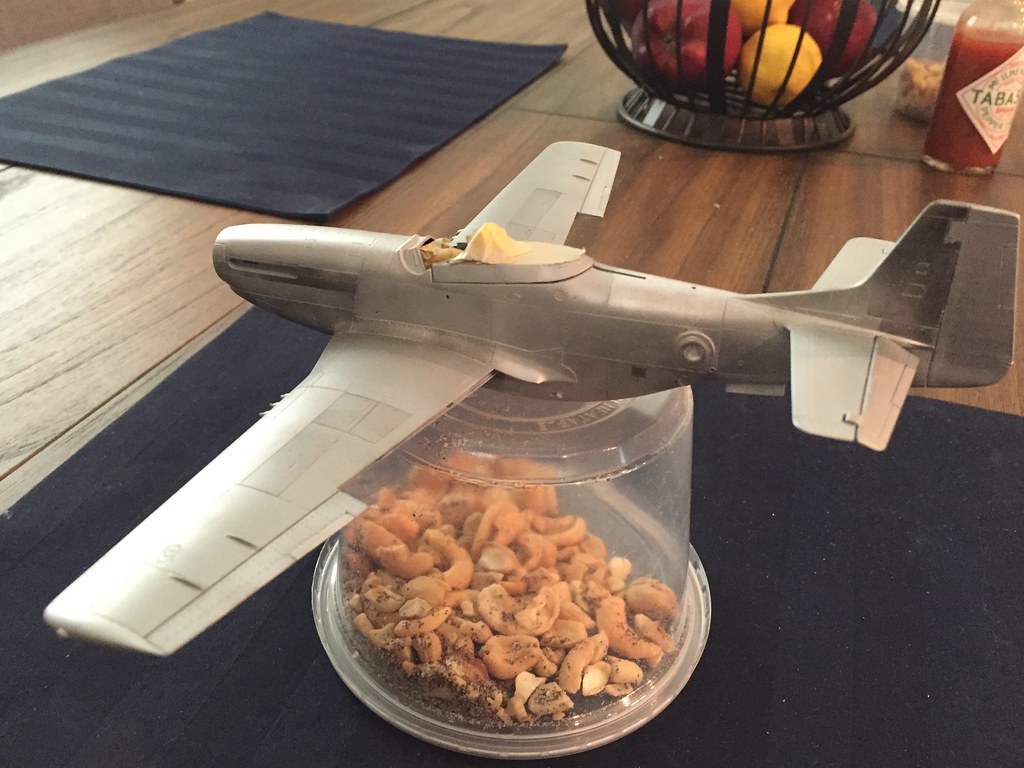 Untitled by Britt Vallot, on Flickr
Untitled by Britt Vallot, on Flickr
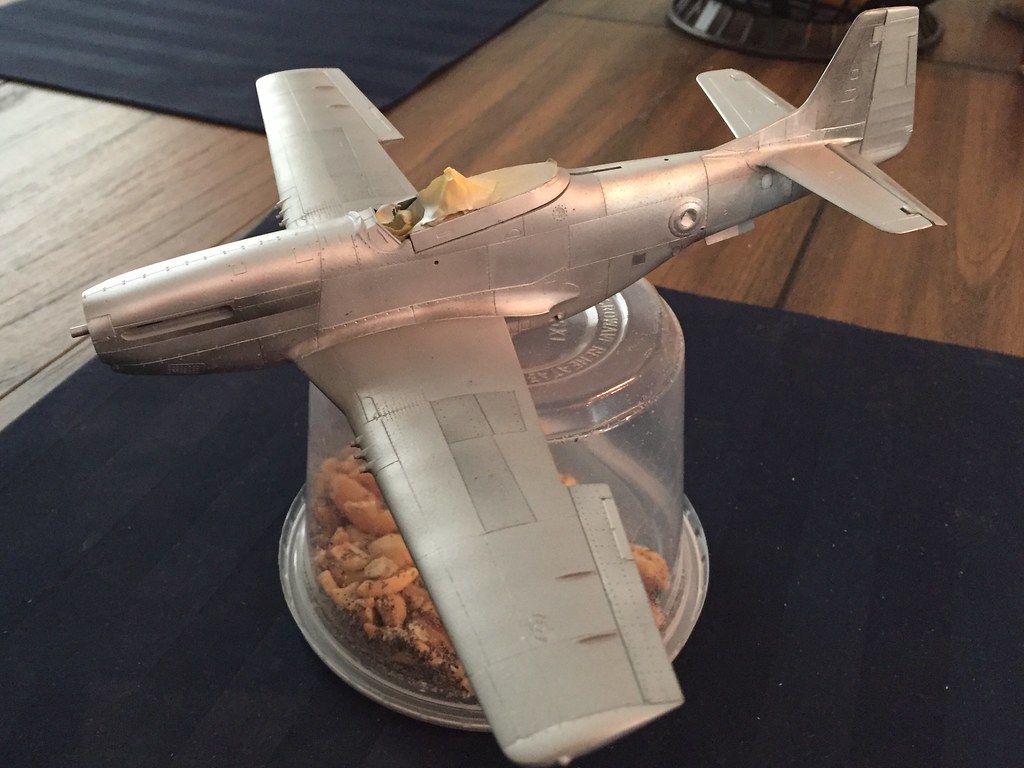 Untitled by Britt Vallot, on Flickr
Untitled by Britt Vallot, on Flickr
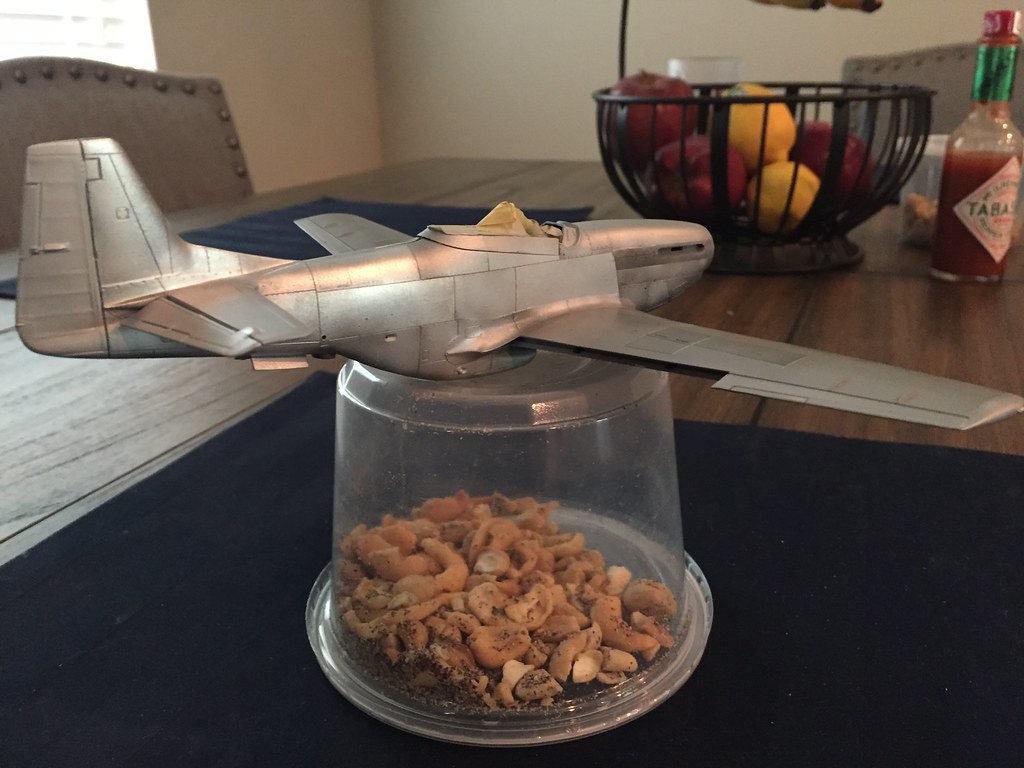 Untitled by Britt Vallot, on Flickr
Untitled by Britt Vallot, on Flickr
 Untitled by Britt Vallot, on Flickr
Untitled by Britt Vallot, on Flickr
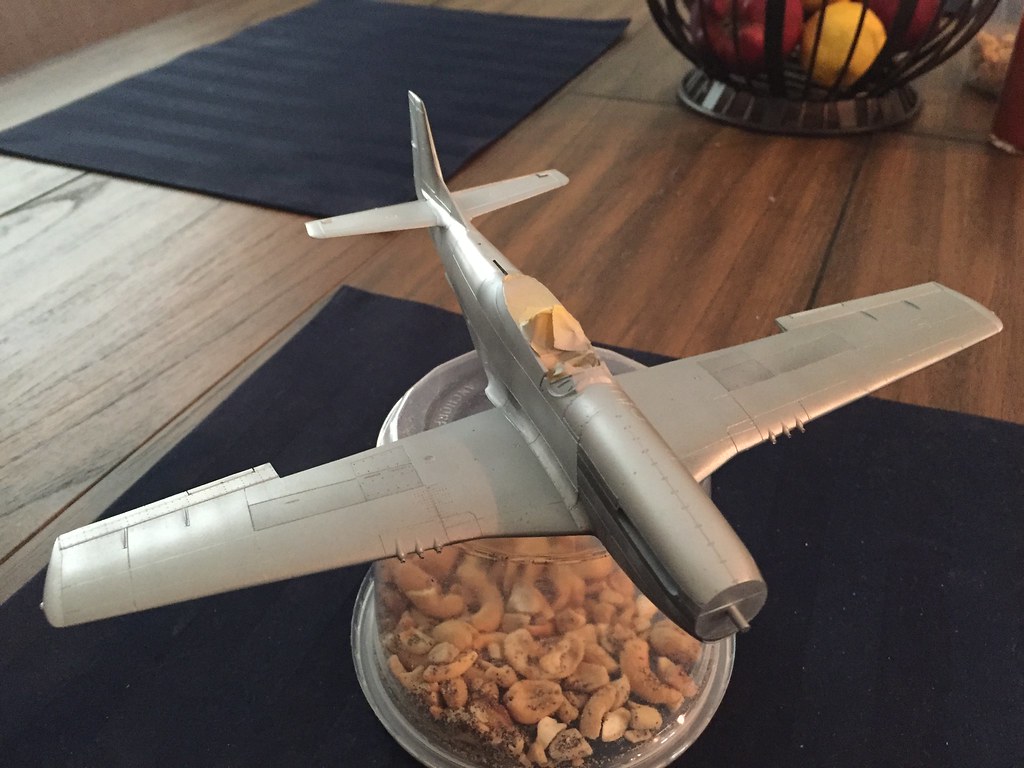 Untitled by Britt Vallot, on Flickr
Untitled by Britt Vallot, on Flickr
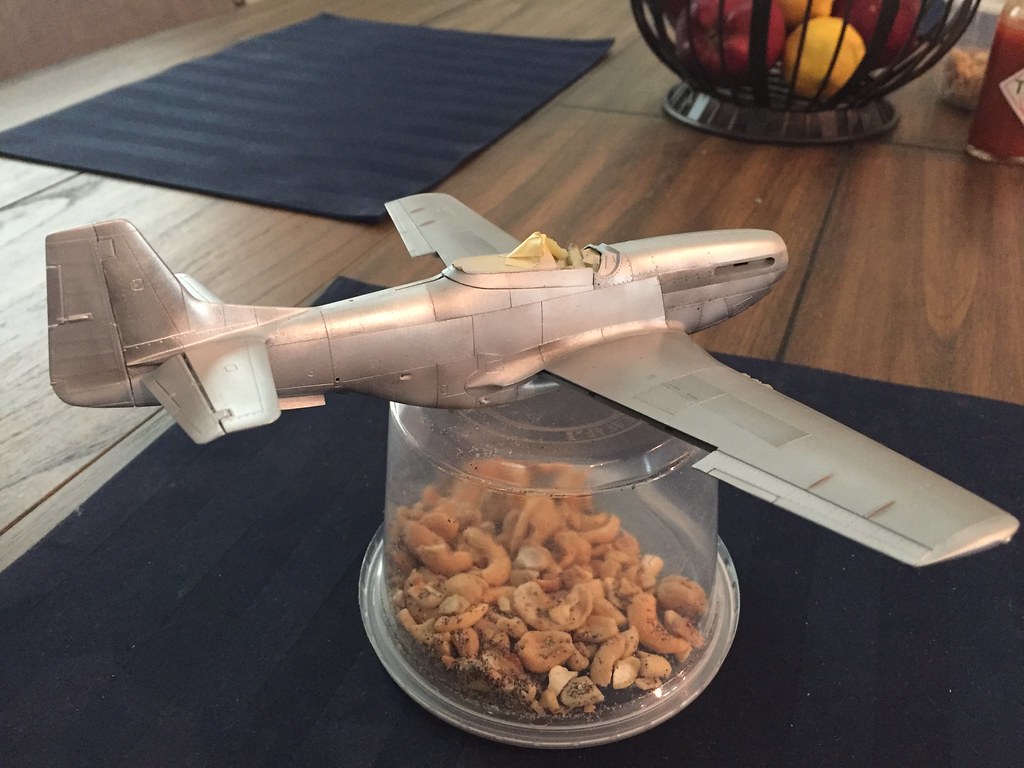 Untitled by Britt Vallot, on Flickr
Untitled by Britt Vallot, on Flickr
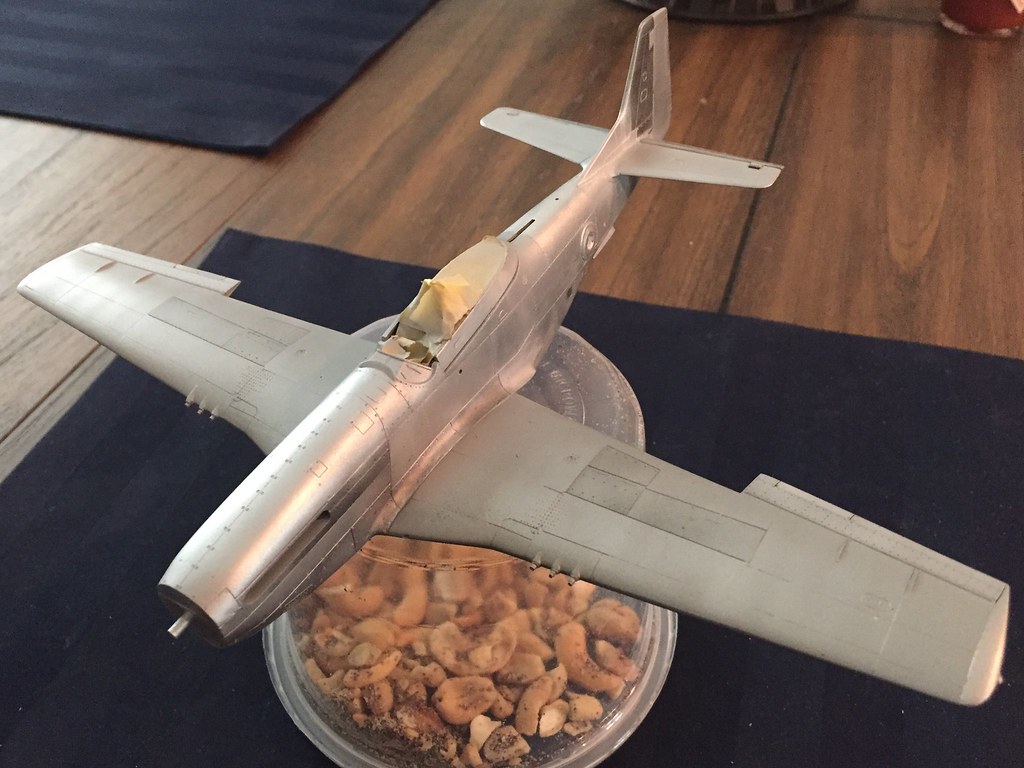 Untitled by Britt Vallot, on Flickr
Untitled by Britt Vallot, on Flickr
That's where I'm at for now. I need to tidy up the gear bay, assemble the prop, and paint the insignia and anti-glare strip. I'm skeptical about the finish.